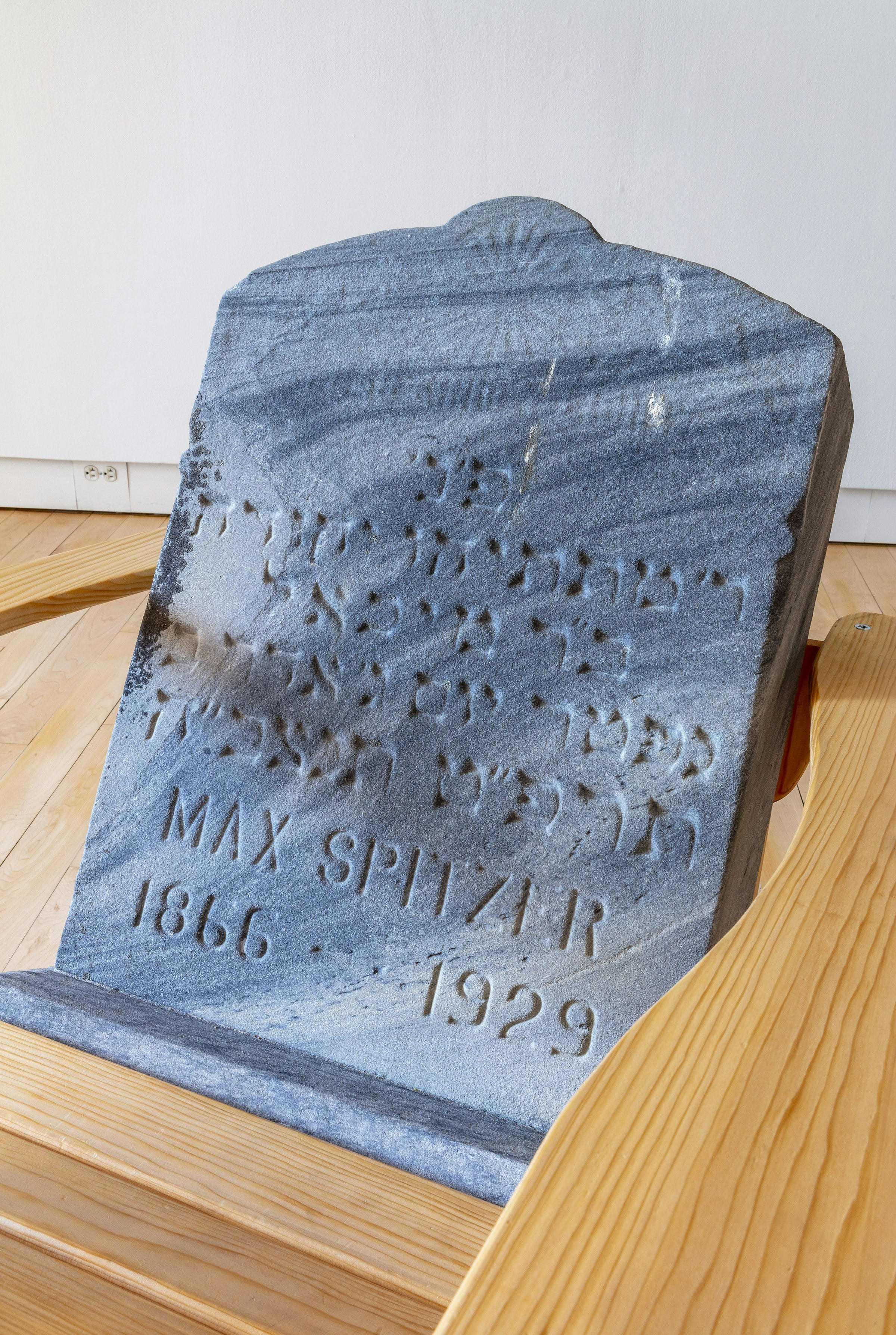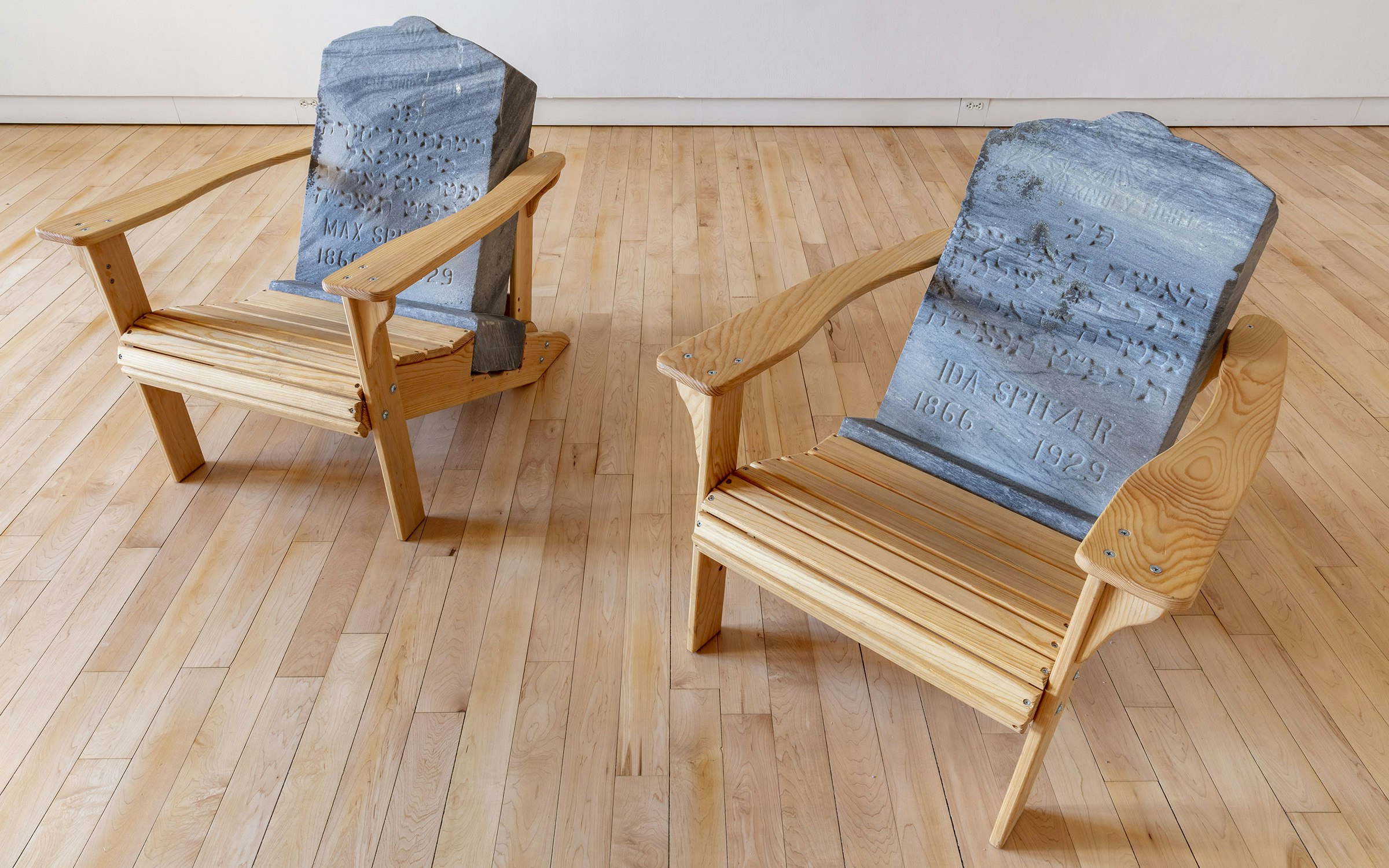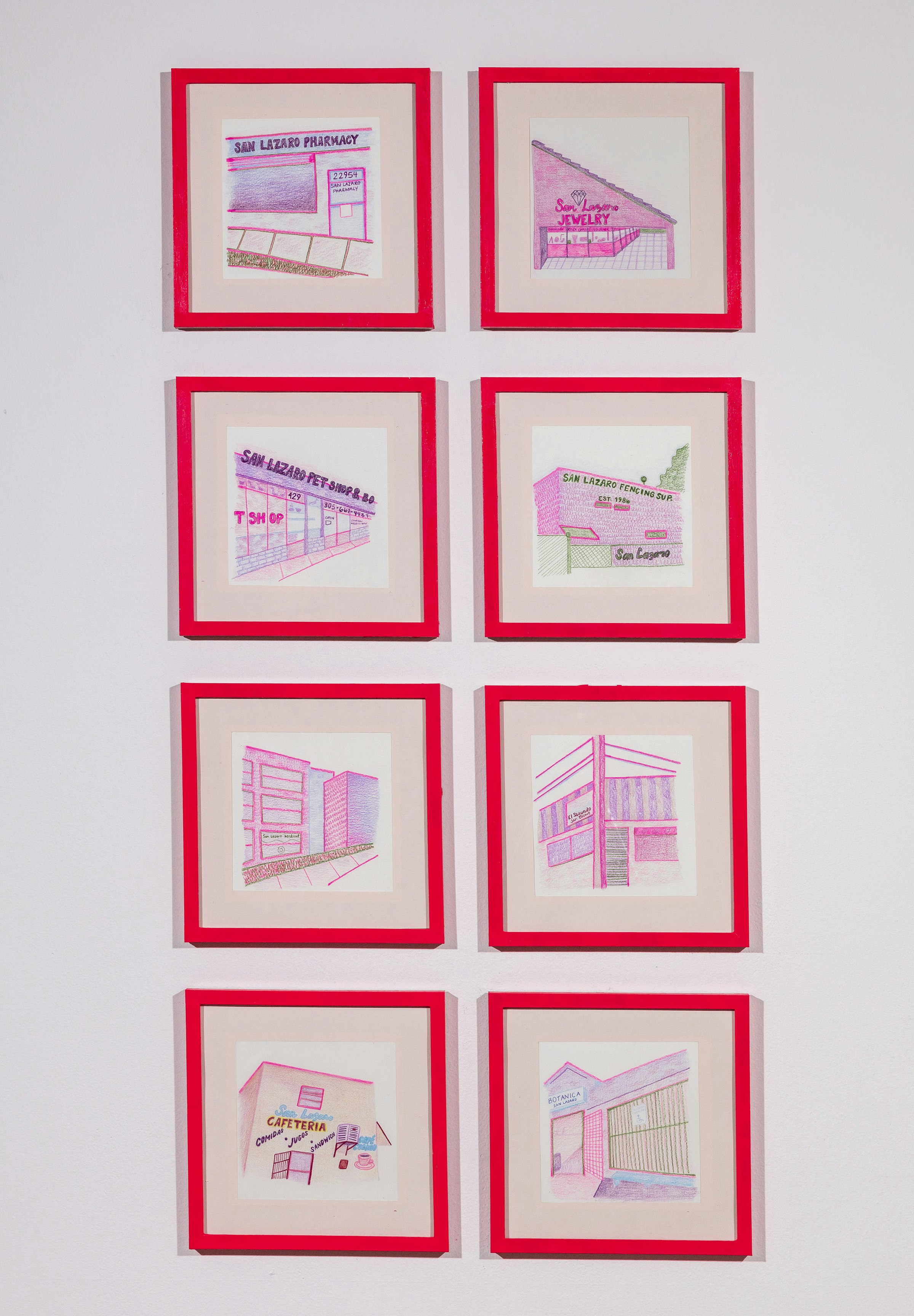Miller ICA
at Carnegie Mellon University
Purnell Center for the Arts
5000 Forbes Ave.
Pittsburgh, PA 15213
Gallery Hours
We are currently closed to the public
Free + Open to the Public
Sign up to receive news updates.
Miller ICA
at Carnegie Mellon University
Purnell Center for the Arts
5000 Forbes Ave.
Pittsburgh, PA 15213
Gallery Hours
We are currently closed to the public
Free + Open to the Public

Co-presented by CMU School of Art
Join us for an exhibition featuring new work from the CMU School of Art MFA class of 2021. The exhibition spans three floors and presents all new work in wide-ranging media.
The MFA program at CMU’s School of Art is an interdisciplinary, experimental, research-based program that challenges artists to recognize social context and civic engagement as paramount within contemporary art. Students are encouraged to employ a comparative and intersectional approach to critical and cultural theories, allowing this inquiry to inform and expand what it means to be an artist and to make art within our contemporary condition.
Photograph by Charlie White, 2021.
About the exhibition
"Friends Forever"
"Special bonds form between people after enduring shared hardships together. External conditions pressurized by adversity melt away superficial differences and people fuse together on a fundamental level. These are the bonds that can last a lifetime, or as the title of the 2021 MFA exhibition, Friends Forever, suggests they can even last beyond the grave. Each of the artists in this graduating class touch on themes of hardship, escapism, the things that unify groups of people across difference, and the things that tear us apart.
In a short film on the first floor of Friends Forever, Jackson McKeehan explores the fraught psychological landscape of the eponymous protagonist, Sheila. As a semi non-fictional account of a real story and as a type of autobiographical foil, this work tests the boundaries of real life and the imaginary. Sheila identifies the distinction between the liberating and revelatory possibilities of fulfilling suppressed desires in contrast to violent and more destructive manifestations of our darker cacoethes.
Nathalie Moreno’s work also vibrates with desire as she examines a lustful obsession with a San Lázaro figure from her youth on the second floor of this exhibition. This rich and textured multi-media exploration of the artist’s personal relationship to the material culture and lived experience of the Cuban diaspora reveals the complexity of this multivalent community. Through testimony, iconography, fantasy, and play she sensitively opens up a lavish and expansive audio-visual world.
Lau Hochi’s video installation uses play and fantasy in quite a different way than Moreno. His work compresses our visual focus to explore the experience of confinement. Projecting 3D renderings of closed doors he reimagines this symbol of captivity and anxiety by swapping the red glow of an “Exit” sign with more whimsical and playful options including “Moon” signs and “Well” signs. This work ruminates on the liberating possibilities of whimsy and humor when confined to situations that have no foreseeable exit.
Situations with no way out haunt David Noel’s work, UtopiaExit.mov, that delves into militarized online communities that have emerged in the wake of America’s endless Global War on Terror. Fed by a vast hodgepodge of information streams and cultural inputs, Noel explores how a violent and networked culture has coalesced around a cacophonous set of influences whose distinctly apocalyptic view of the world is a direct contrast to the optimism of the early internet in a pre-9/11 world. These digital webs of virtually connected subversive communities allow for powerful bonds across vast distances.
On the third floor, Huidi Xiang also investigates how online communities can provide solace and escape in the context of global suffering. During her time in Covid confinement she began playing the video game, Animal Crossing: New Horizons, on a daily basis, investing over 500 hours into developing a simulated paradise. Xiang began making sculptures drawn out of this experience in an effort to examine how the operations of this virtual paradisiacal world map onto oppressive socio-economic forces in real life. The resulting collection of sculptures form a type of “personal ontology” through which her digital lifeworld becomes physically knowable.
Max Spitzer, who shares the third floor with Xiang, also charts his personal ontologies in sculptural form. The fulcrum of his installation consists of the two original grave markers for his great-great-grandparents. Spitzer came into their possession when these deteriorating stones were removed from the cemetery to make way for more legible replacements. Stripped of their original context, these gravemarkers transform from objects of devotion into objects of contemplation and enter into a new system of meaning through which the artist complicates the alchemy of inheritance.
By examining the bonds that form across generational divides, digital platforms, and through frustration and desire, the 2021 graduating class has identified and parsed the myriad ways human connections take shape and cohere. As a class who completed their final year of graduate studies overcoming the unrelenting barriers of quarantine, they have a keen understanding of how to manufacture closeness and a shared existence through any challenge. How they managed to persevere is known only to them, but what is clear to us all is that this cohort has the means to remain friends forever."
- Elizabeth Chodos, Director, Miller ICA
Exhibition photos by Tom LIttle. Friends Forever 2021 MFA Thesis Exhibit at Miller ICA, CMU.

Exhibition title and installation by Jackson McKeehan, Sheila, 2020. video, 13:34 min.

Jackson McKeehan, Sheila, 2020. video, 13:34 min.

Huidi Xiang, my playbench in the workground, 2021

Huidi Xiang, my playbench in the workground, 2021

Huidi Xiang, my playbench in the workground, 2021

Max Spitzer, Our Erosion, 2020. (detail)

Max Spitzer, Our Erosion, 2020.

Max Spitzer, A Future Haunt for Two, 2021 and Our Erosion, 2020.

Max Spitzer, Still Niagara, 2021. paper mache structure and video.

Lau Hochi, Emergency Exit, 2021

Lau Hochi, Emergency Exit, 2021

Lau Hochi, Emergency Exit, 2021 and Nathalie Moreno, installation view Querido Lazaro, 2021.

Nathalie Moreno, installation view Romeo y Julieta, 2021.

Nathalie Moreno, Hot Saint: llanto, tristeza, y misericordia, 2021

Nathalie Moreno, Altar, 2021

Nathalie Moreno, The Business Side, 2021

David Noel, UtopiaExit.mov, 2021

David Noel, UtopiaExit.mov, 2021